Gold Coast development: Billions of dollars of towers failed leaving Surfers Paradise bombsites
The Gold Coast is a developer’s paradise but what happens when the giant towers proposed for the Glitter Strip fail, costing investors billions. SEE THE PROJECTS >>>>>
Business
Don't miss out on the headlines from Business. Followed categories will be added to My News.
THE Gold Coast has a problem with “bomb sites”.
In a city where development is one of our biggest industries, there are always projects which, for one reason or another, fail to make the transition from the drawing board to bricks and mortar.
The Bulletin this week revealed some of the city’s long-empty Surfers Paradise locations could finally become home to towers thanks to a red-hot real estate market.
Some of these blocks sat empty for more than 30 years.
The development boom of the 1980s saw many of the Coast’s older buildings knocked down in anticipation of a wave of new developments.
Among them was the former Chevron Hotel.
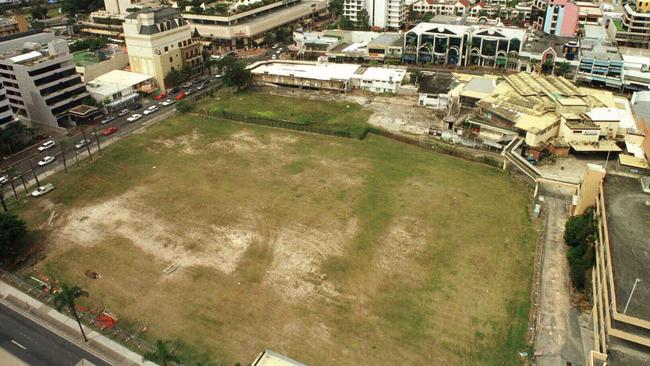
But the 1990s recession hit hard and many of these sites were left empty, leaving central Surfers Paradise as a boulevard of broken dreams.
By the late 1990s there was a push by the Gold Coast City Council to clean up one of the Glitter Strip’s most famous bomb sites.
In September 1998, Mayor Gary Baildon launched an offensive to order the owners of the town’s bomb sites to convert their properties into parkland.
The crackdown followed concern that major undeveloped properties were undermining the image of the Gold Coast.
Gold Coast development: Giant $800m three-tower Surfers Paradise mega development revealed
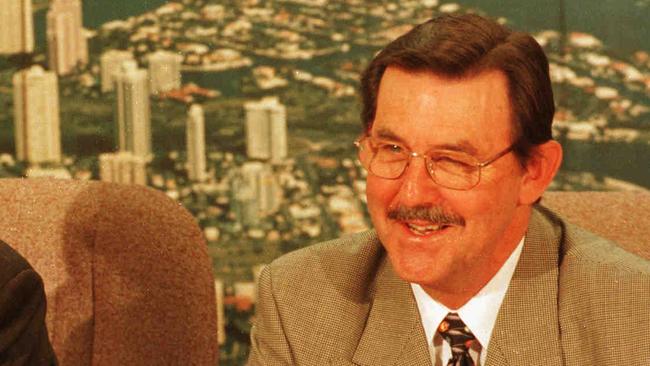
The Mayor drew on a “special provision for vacant land” clause within the planning scheme which permitted the council to order the interim conversion of properties into public open space areas or parkland.
The clause allowed the council to impose the interim orders on property that stood undeveloped for three months.
Only properties within designated commercial, tourism or high density areas were affected by the move.
The Mayor wrote to the Singapore-based owner of the major Surfers Paradise redevelopment site – the former Chevron Hotel property bounded by Ferny and Elkhorn avenues and the southbound Gold Coast Highway – to tidy up the land. Some initial works had been done.
The two combined sites occupied an area of about three hectares.
The planning scheme provision called on owners to turf sites and, if determined to be a large land holding, landscape the property.
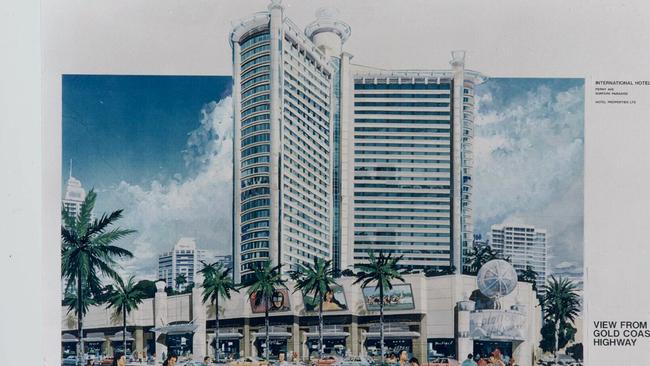
Screen fences or hording were ordered to be removed.
Surfers Paradise was the starting point to protect the city council’s plans for a $10m “Heart of the City” streetscaping project.
A letter was also sent to the Japanese owner of the neighbouring land — the Jimna development which fronted Ferny Ave, the western end of Cavill Ave and the highway.
Cr Baildon told the Bulletin at the time he believed there had been a fall-off in Surfers Paradise property values as a result of demolition done on the sites many years previously.
“What we have here is operation recovering and this will extend to other areas of the city,” he said.
“This is just the start.”

The Chevron property, then owned by Hotel Properties, had been earmarked for development but no start date was announced.
Earlier that year the Gold Coast-based Raptis Group announced it would develop the land in a joint venue with Hotel Properties, headed by millionaire businessman Ong Beng Seng.
The project was to be a $250m hotel, retail and residential development.
This development failed to proceed and the land was eventually redeveloped to become the Chevron Renaissance.
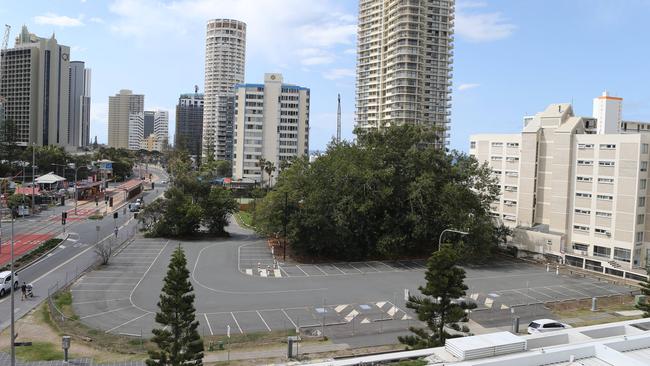
In the late 1990s the Sultan of Brunei bought an L-shaped 7558sq m site on the corner of Surfers Paradise Boulevard and View Ave.
While used as a carpark, no building work has ever occurred on the site.
In 2012, newly elected Mayor Tom Tate proposed it as the potential site for a future casino.
However, it gained little traction.
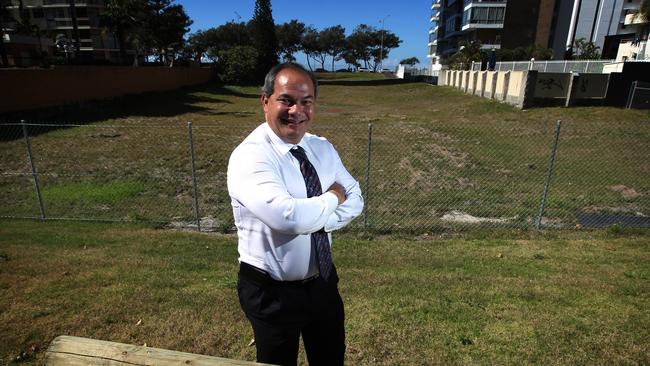
In the late 2000s the global financial crisis saw a proposed redevelopment of Surfers Paradise’s Iluka come to a crashing halt.
The 1970s-era tower had already been gutted in anticipation of its redevelopment and it sat empty for nearly five years before its 2013 demolition.
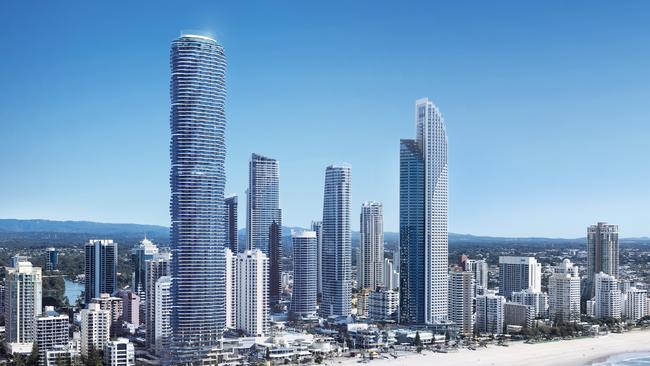
It was bought by Chinese developer Forise which unveiled grand plans for Spirit, an 89-storey, $1.2bn supertower which was to be the city’s biggest high-rise.
Despite council approval and millions being spent to burrow 12 storeys below ground to build the tower’s foundations, the project failed to eventuate in 2018 and the site remains empty today.
But with talk of new projects for these sites emerging, the days of the Coast’s “bomb sites” could soon be over.



